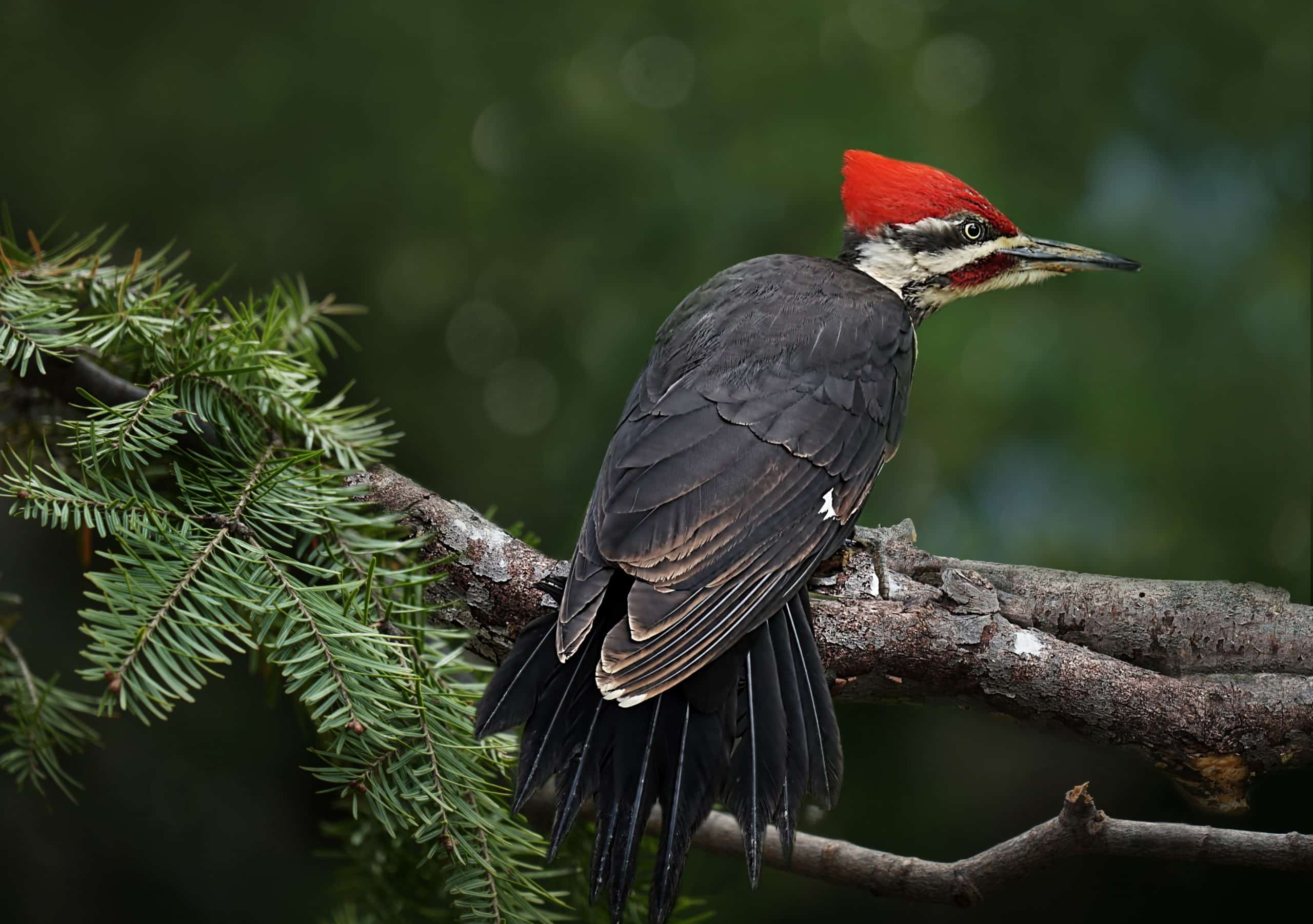Unveiling the Secrets of Woodpeckers: Habits, Environment, and A Lot More
Woodpeckers, with their one-of-a-kind behaviors and specialized adjustments, have actually long interested researchers and nature enthusiasts alike. These exceptional birds have a range of interesting tricks that clarified their survival strategies, habitat preferences, and complex interaction methods. By uncovering the secrets surrounding woodpeckers' habits and environment selections, a much deeper understanding of these avian wonders emerges, providing a look right into their remarkable globe. So, what makes these birds truly remarkable, and exactly how do they navigate their atmosphere with such accuracy and skill? Allow's check out the fascinating world of woodpeckers and unwind the enigmatic information that make them such appealing subjects of research study.
Woodpecker Habits Insights
In analyzing woodpecker behavior, an interesting display of specialized abilities and adaptations arises, shedding light on their exceptional ecological particular niche. Woodpeckers, known for their distinct drumming on trees, possess a selection of behavior traits that add to their survival and success in their environment.
Moreover, woodpeckers exhibit a special feeding behavior defined by their capacity to extract bugs from tree bark utilizing their specialized beaks. Their long, barbed tongues help in recording prey, while their solid neck muscular tissues offer security and accuracy during pecking movements. This feeding approach allows woodpeckers to gain access to surprise insect larvae and extract them with exceptional performance.
Habitat Preferences and Choice
What aspects affect the habitat preferences and choice of woodpeckers? Woodpeckers are very versatile birds known to occupy different settings worldwide. They do exhibit preferences for specific habitat attributes. One critical factor influencing woodpecker habitat choice is the accessibility of appropriate nesting websites. Woodpeckers commonly favor woodlands with a mix of fully grown trees that provide ample opportunities for cavity excavation. These cavities act as essential nesting and roosting sites for woodpeckers and are vital for their breeding success.
Furthermore, woodpeckers show a preference for environments with a bountiful supply of food resources. They are mainly insectivorous, feeding upon beetles, ants, larvae, and other pests located in rotting wood or tree bark. Woodpeckers tend to prefer woody areas with a varied insect population to meet their nutritional requirements.
Furthermore, the visibility of dead or rotting trees is another vital aspect in woodpecker habitat option. These trees not only provide food resources but additionally use suitable substratum for cavity excavation. Dead trees are essential for the upkeep of healthy woodpecker populaces, as they play a great site vital duty in the woodpeckers' life cycle and ecological community dynamics.
Feeding Habits and Diet Structure
Woodpeckers demonstrate a specialized feeding actions concentrated on foraging for bugs within various habitats. Their diet regimen mainly includes insects such as beetles, ants, caterpillars, and crawlers, which they locate by tapping on tree bark and paying attention for the sound of motion inside. Woodpeckers utilize their strong beaks to pierce right into the wood and their lengthy, barbed tongues to remove prey from gaps. Along with insects, woodpeckers likewise eat tree sap, fruits, nuts, and seeds, adding range to their diet regimen you can try here depending on the period and schedule of food sources.
The foraging strategies of woodpeckers are well-adapted to their arboreal way of life. Woodpeckers play an important role in maintaining the wellness of forests by controlling insect populaces and assisting in the decay of wood.
Drumming Appears and Interaction
Using rapid drumming audios on different surfaces, woodpeckers use an unique form of interaction to signal region limits and attract friends. This drumming habits is not only a way of communication yet click over here now likewise acts as a means for woodpeckers to establish their visibility within a specific location. The intensity, rate, and pattern of the drumming can communicate important details to other woodpeckers in the location.
Woodpeckers utilize drumming audios to reveal their visibility in an area and to advise off prospective burglars. The loud and repeated nature of the drumming functions as a clear signal to other woodpeckers that the location is already declared. This aids in minimizing conflicts and lessening physical confrontations in between people.

Survival Adaptations and Specialized Makeup

Conclusion
To conclude, woodpeckers show special behaviors, such as drumming audios for interaction, and have specialized anatomy for survival in their picked habitats. Their feeding habits and diet regimen structure further show their versatility to various settings. By comprehending these facets of woodpeckers, scientists and conservationists can better protect and maintain these fascinating birds and their communities.
Comments on “Encountering Woodpeckers in Florida: Species Diversity and Identification”